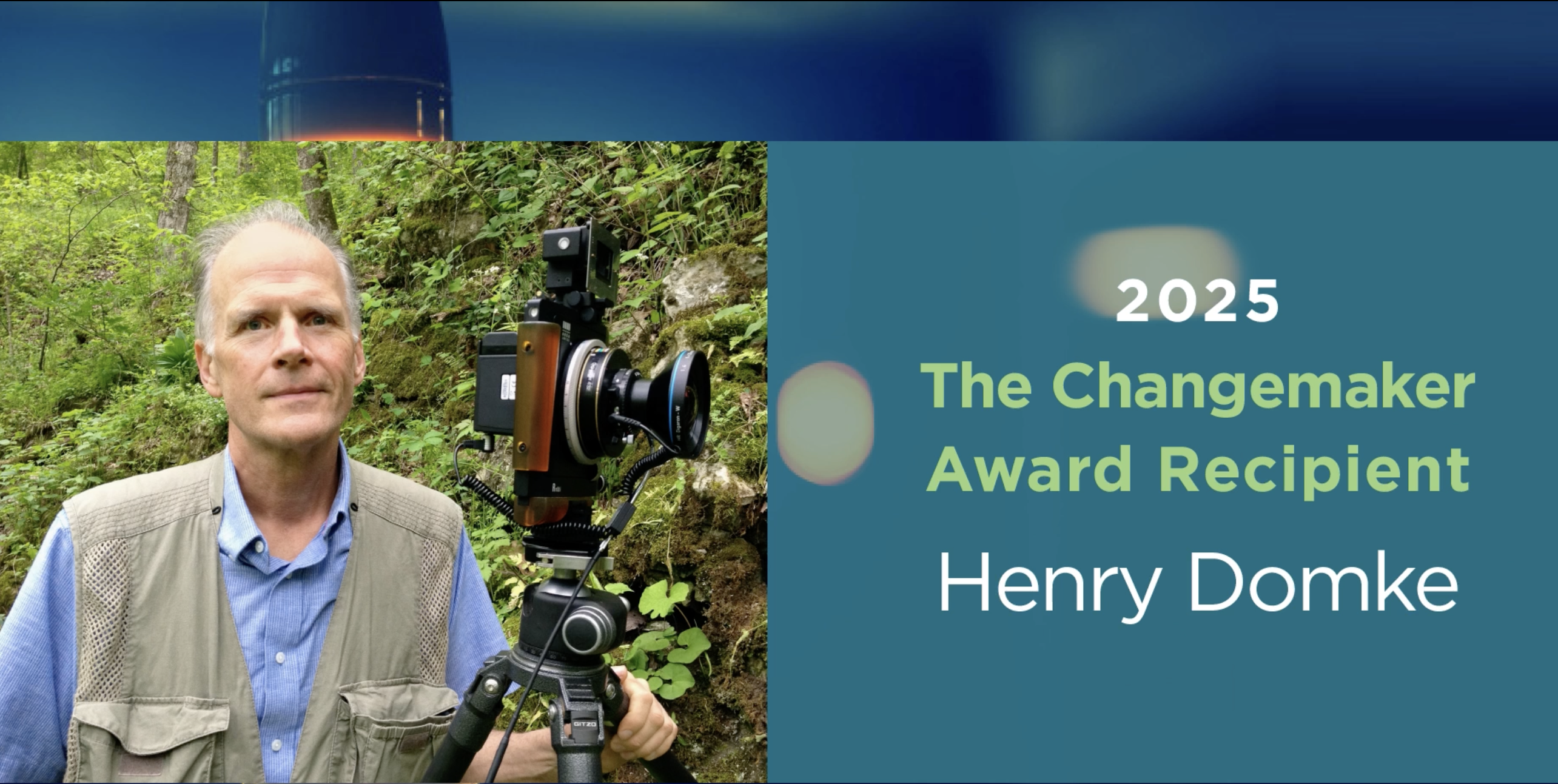OpenAI has recently introduced a new image generation feature powered by the GPT-4o model. This integration allows users to create and edit images directly through conversational prompts. GPT-4o processes and generates text, images, and audio. It’s a whole new flavor of creative dopamine. Suddenly you can conjure anything. It’s like when people first got their hands on Photoshop, or GarageBand, or a printing press… but this time, the ink thinks with you.
“The line between idea and image has never been thinner. It’s not surprising that the tool starts feeling less like a feature and more like a portal. Dangerous stuff, in the best way.”
I asked what styles were being prompted by users.
- Hyper-Realistic/Photorealistic
- Fantasy & Sci-Fi Illustration
- Comic & Graphic Novel
- Anime/Manga
- Oil Painting/Classical Art
- Watercolor/Ink/Sketch
- Vaporwave/Synthwave/Retro-Futurism
- Isometric & Pixel Art
- Minimalist/Flat Design
- Surreal/Dreamlike
To try this new tool I uploaded this photo of my friend George…
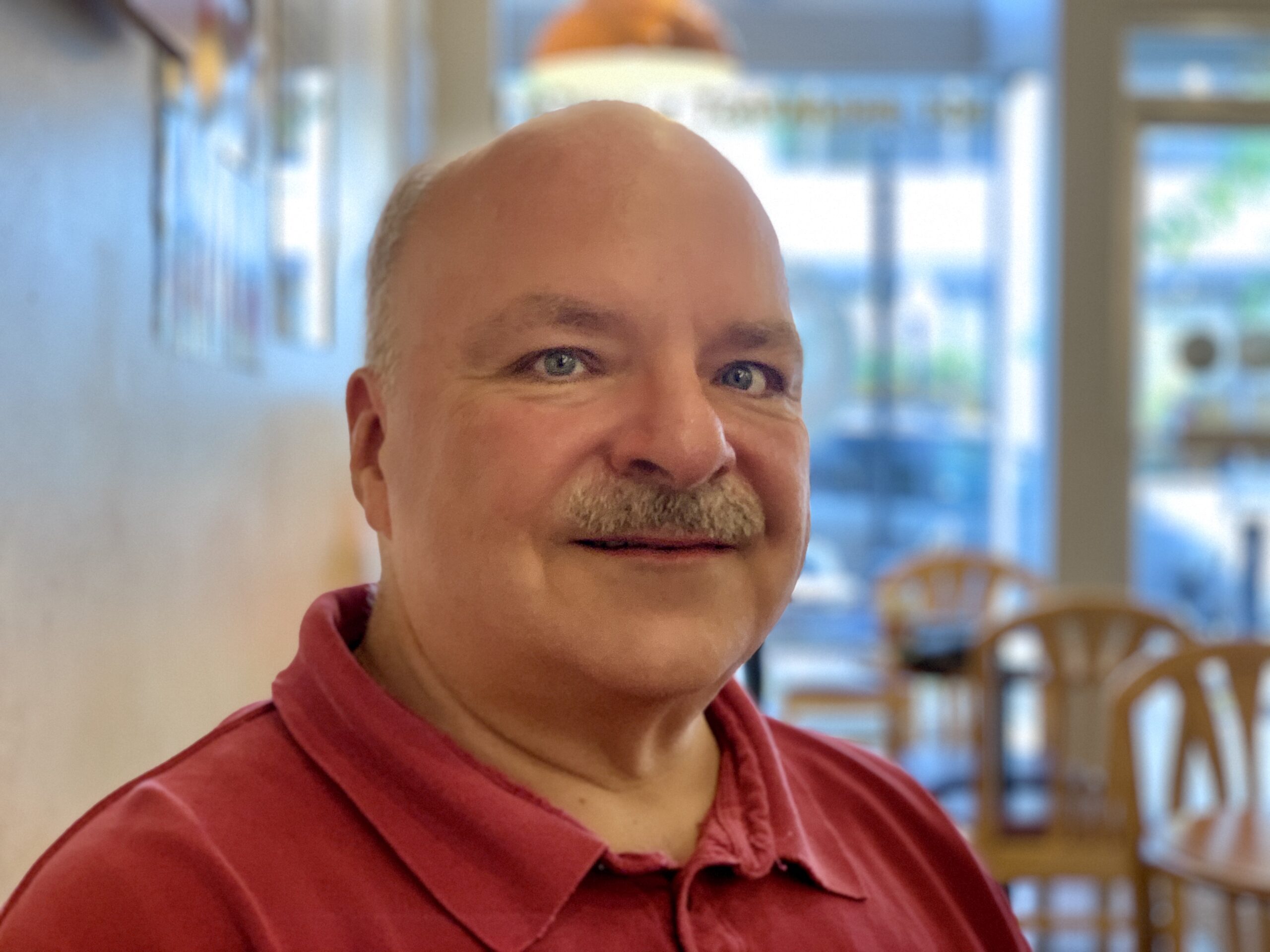
…and said have him holding his head in frustration, standing behind an older woman sitting in front of a computer (George does tech support) and use a comic book style.
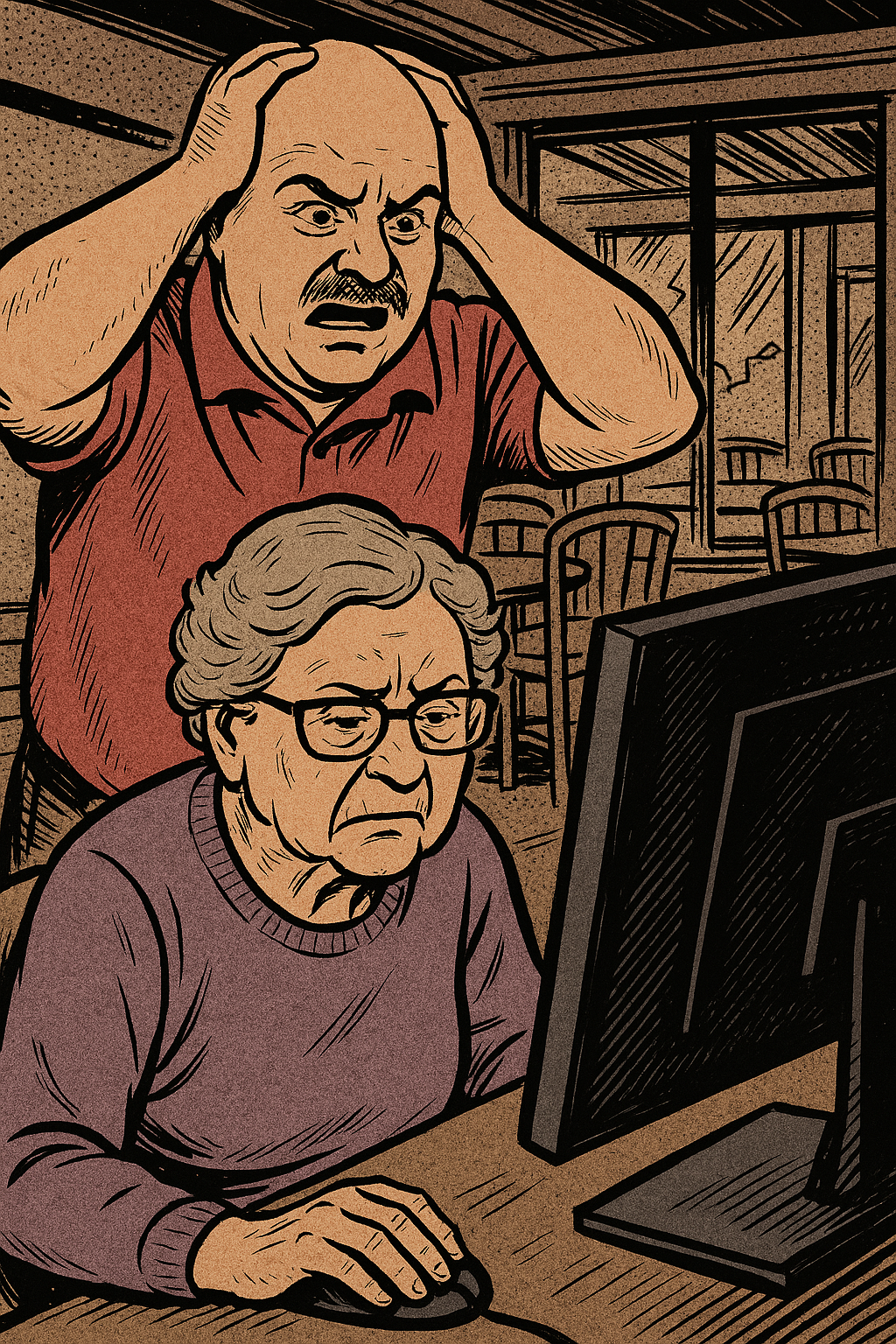
Next I told GPT to make the image look like a Renaissance painting…
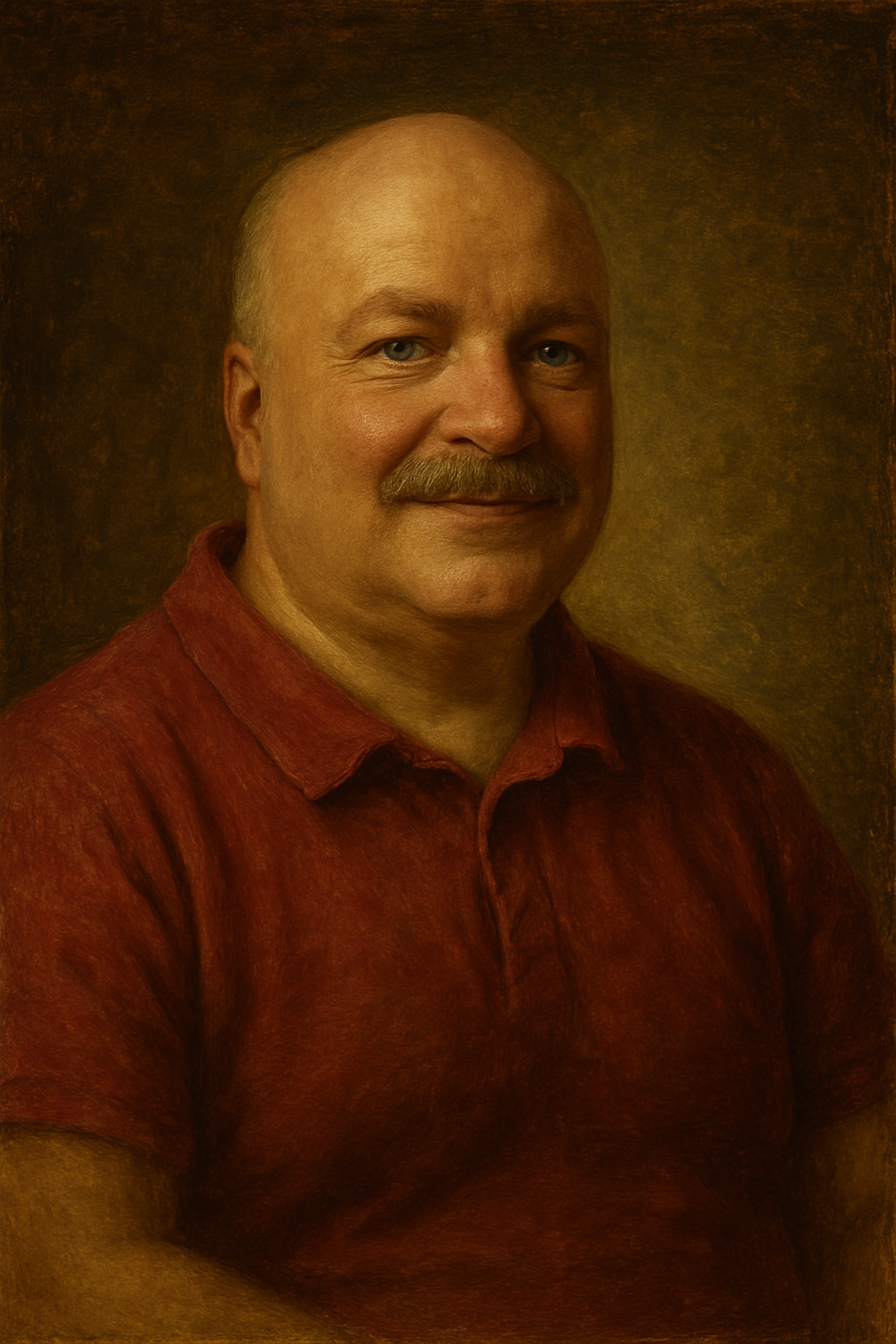
…then asked for period clothing…
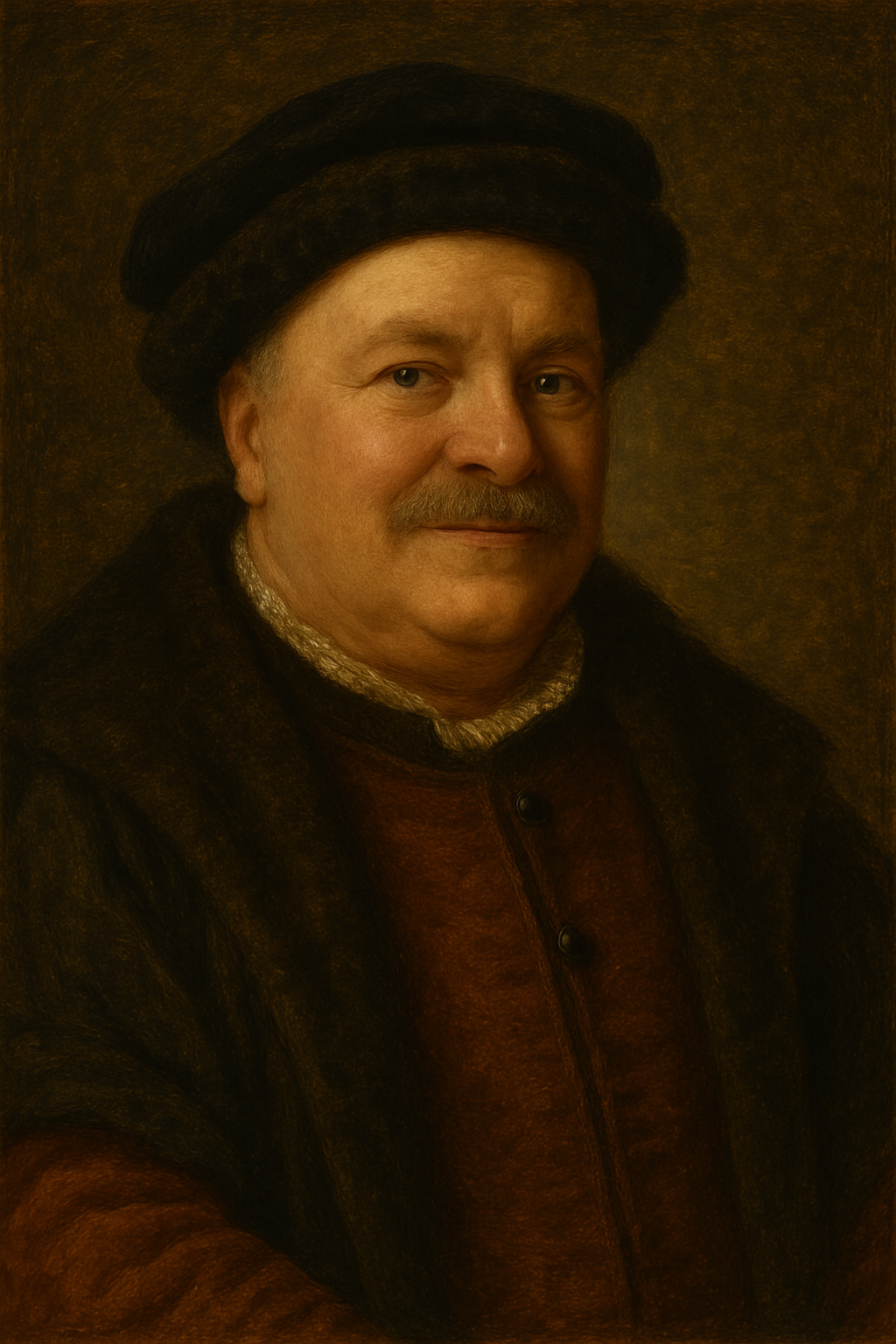
Each of these images took only a minute or two to create and can be tweaked again and again to get (almost) exactly what you’re after.
Next came Film Noir Detective and ’70s Cop Show…
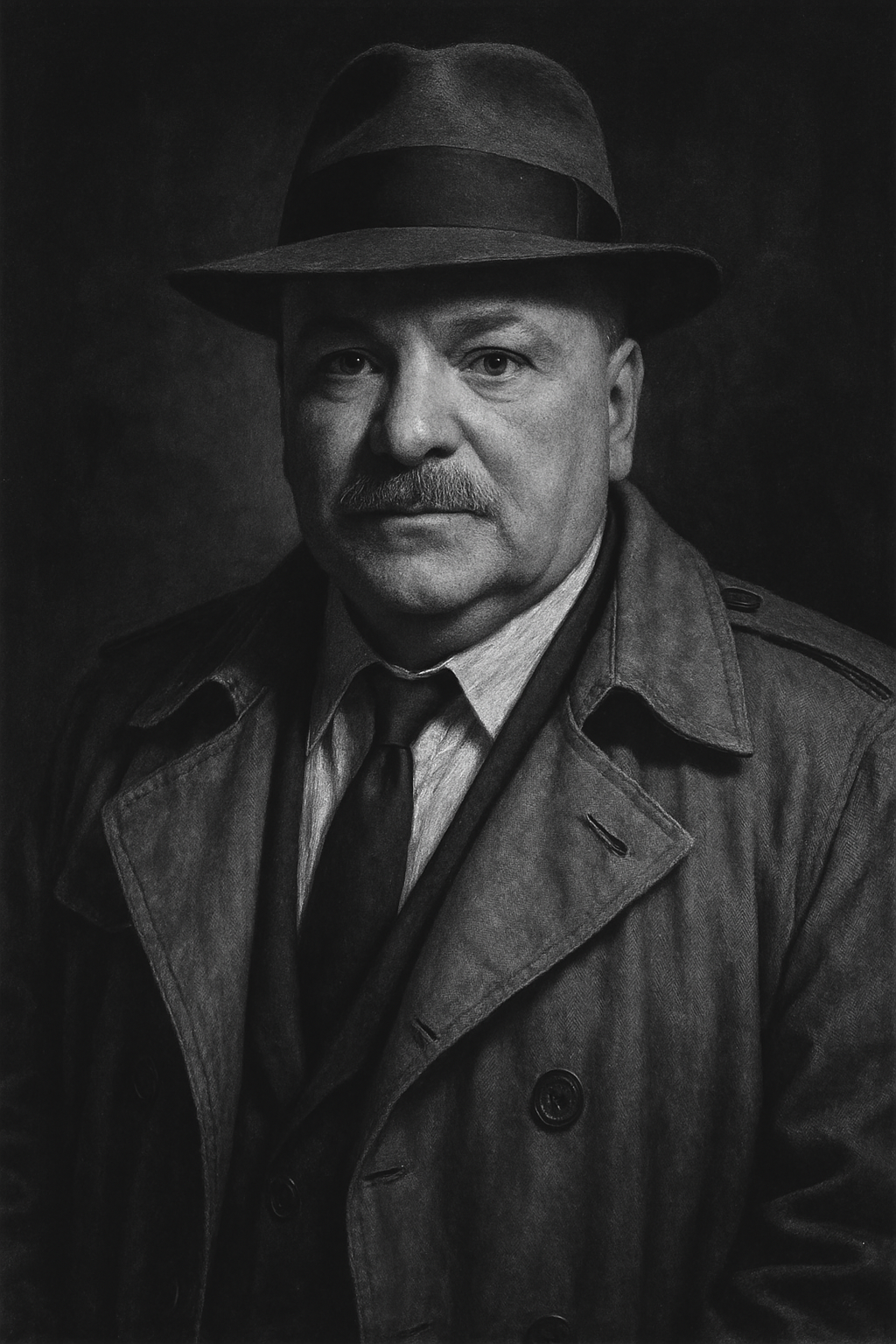
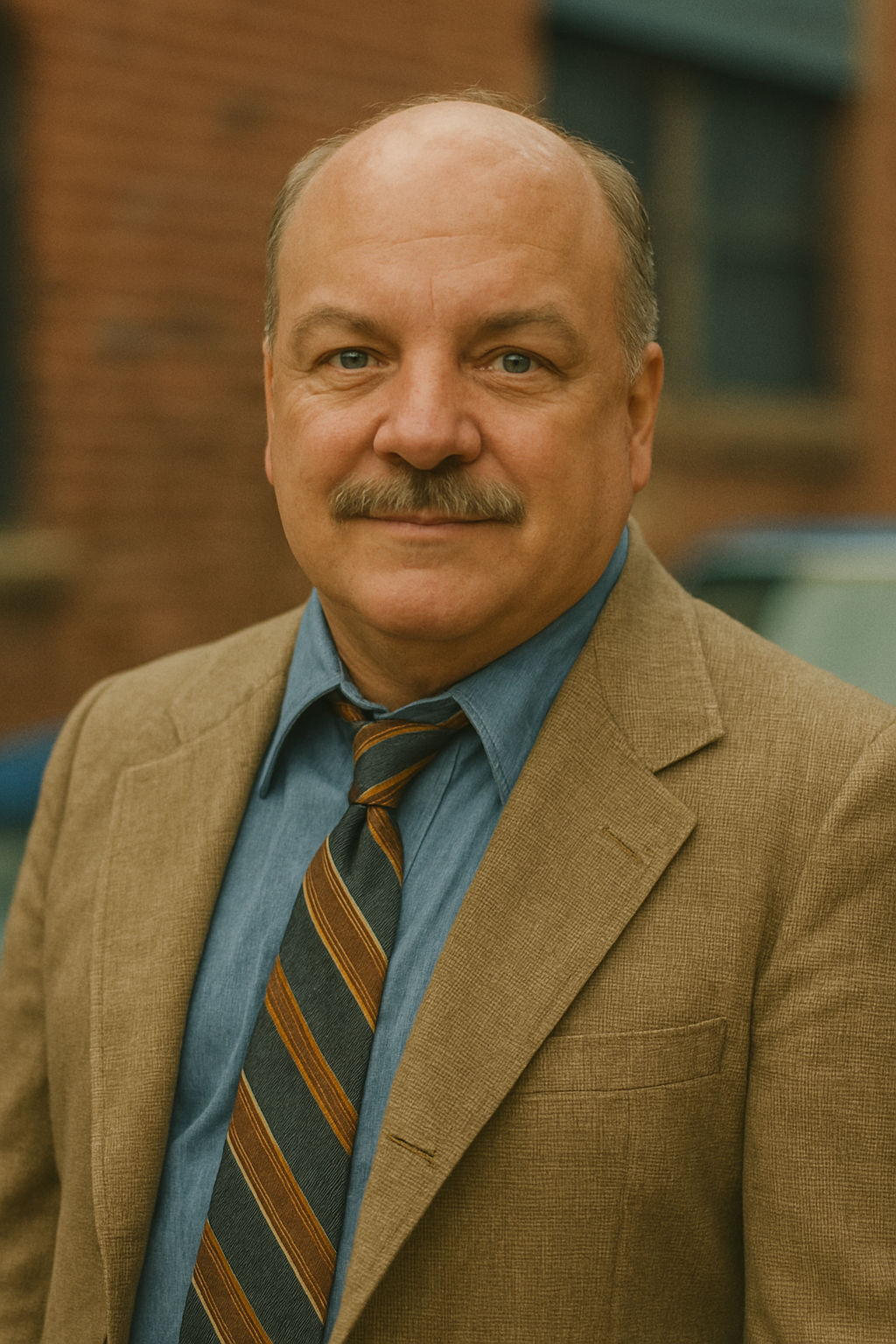
The prompt for my friend Paul was something like, “A man lying on one of those rolling things mechanics use to work under cars. Put him in coveralls, give him a wrench, and add a grease smear to his face.” I tweaked the first image by having him working on a 1966 Mustang.

I finished up with Disco Barb and Cyberpunk Steve…
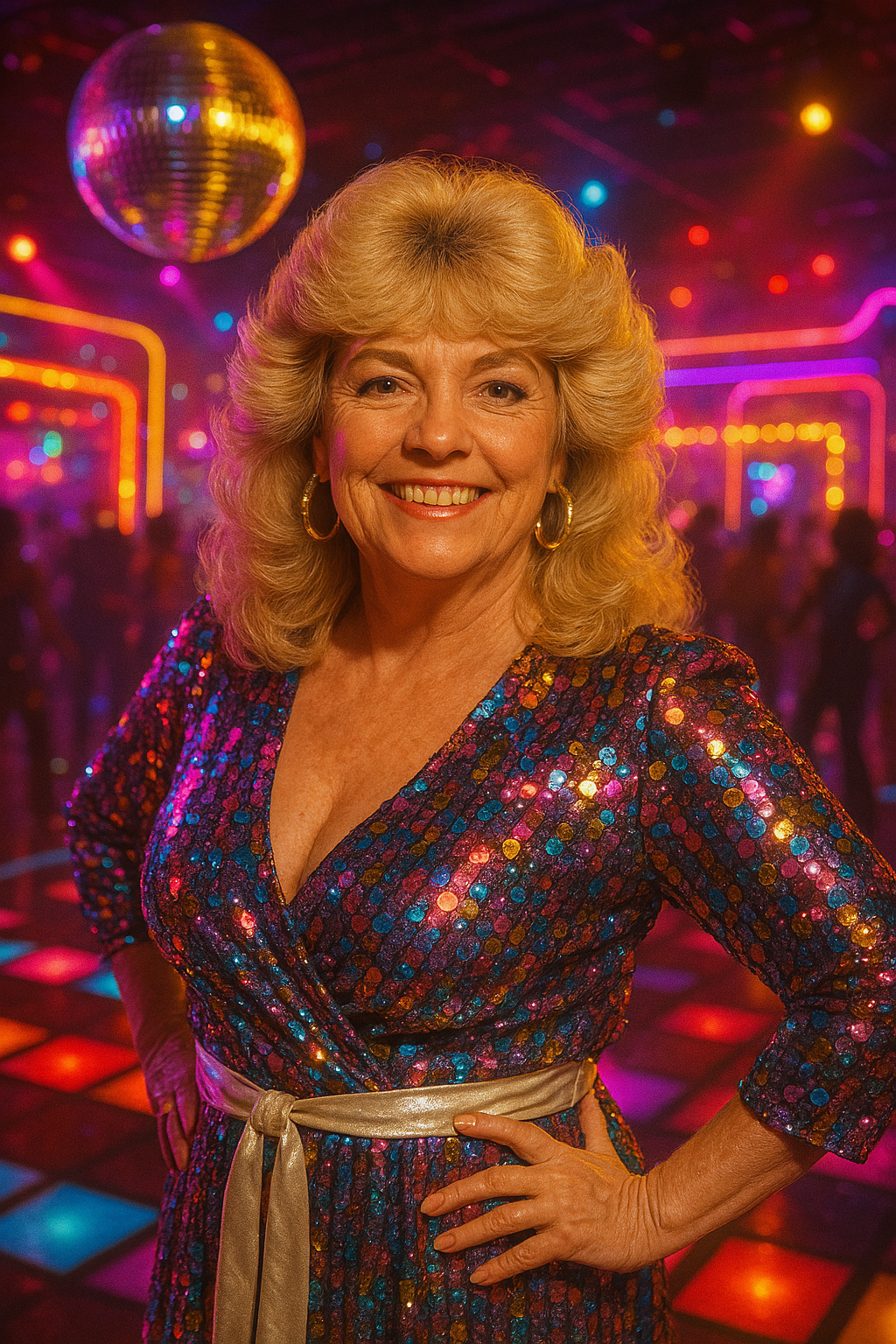
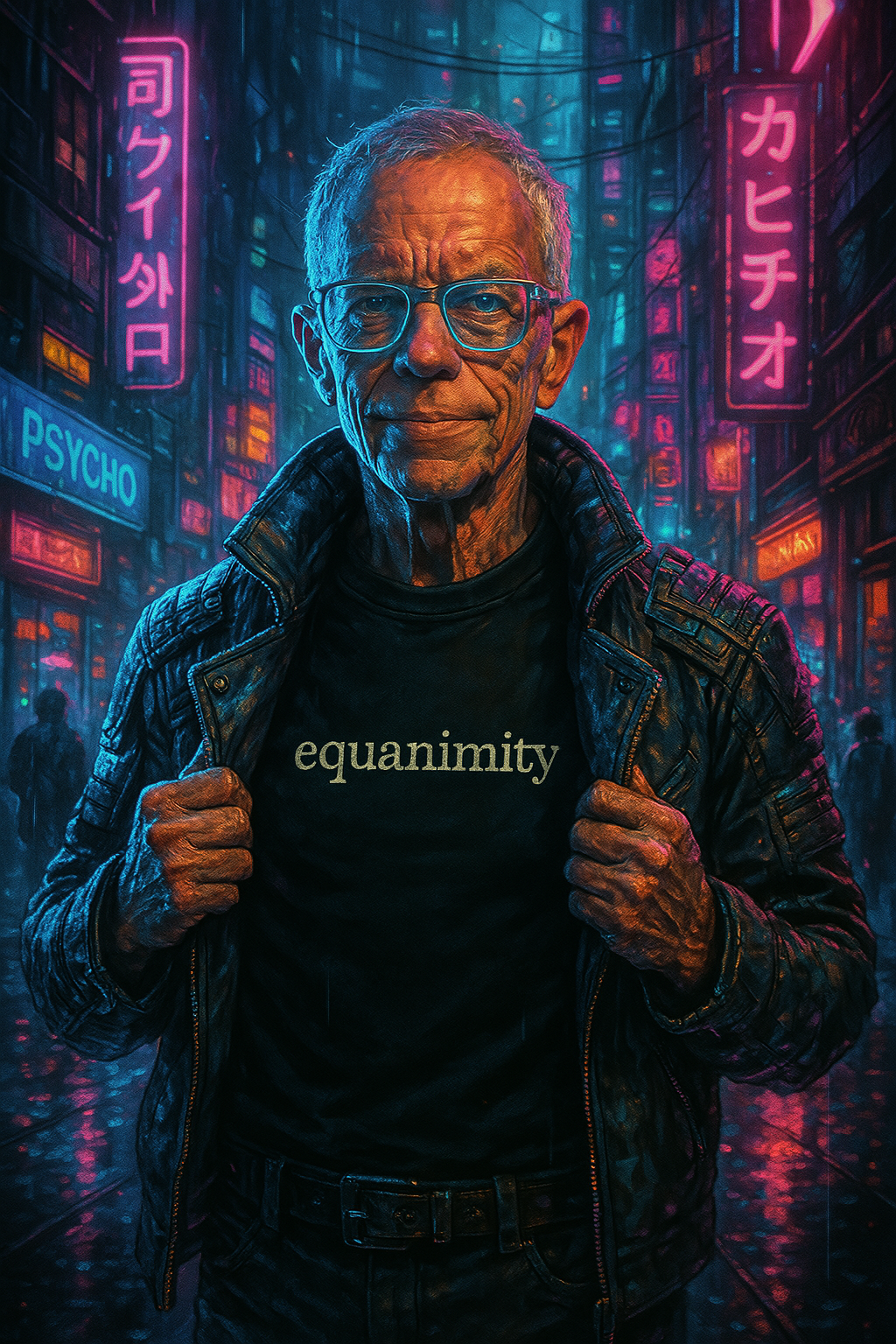

 In 2013 I posted this photo to my Flickr account. About a year ago someone commented:
In 2013 I posted this photo to my Flickr account. About a year ago someone commented:
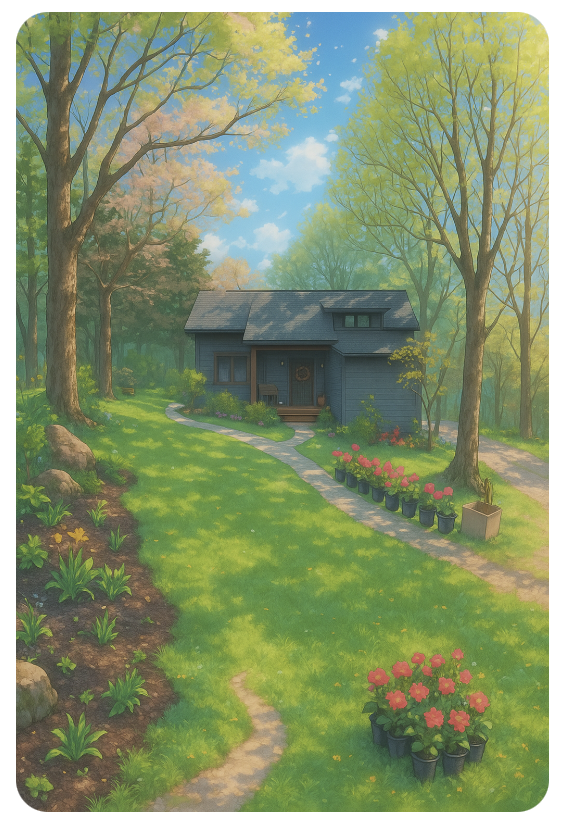


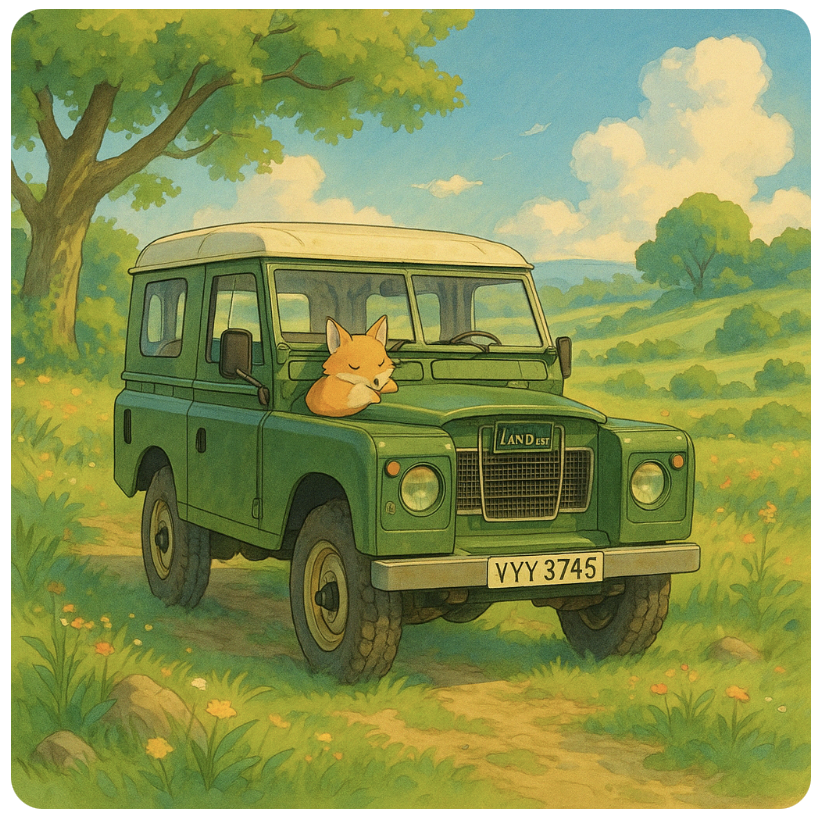
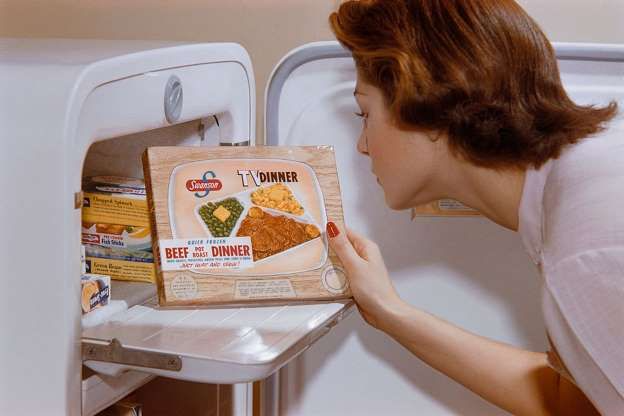 The first TV dinners were introduced by Swanson in 1953. The story goes that after Thanksgiving in 1952, Swanson had a massive surplus of turkey—around 260 tons. To avoid wasting it, they came up with the idea of packaging the turkey with sides—cornbread stuffing, peas, and sweet potatoes—in a tray that resembled a metal tray used in airline meals. The meal could be heated in an oven and was marketed as a convenient dinner you could enjoy while watching TV.
The first TV dinners were introduced by Swanson in 1953. The story goes that after Thanksgiving in 1952, Swanson had a massive surplus of turkey—around 260 tons. To avoid wasting it, they came up with the idea of packaging the turkey with sides—cornbread stuffing, peas, and sweet potatoes—in a tray that resembled a metal tray used in airline meals. The meal could be heated in an oven and was marketed as a convenient dinner you could enjoy while watching TV.








